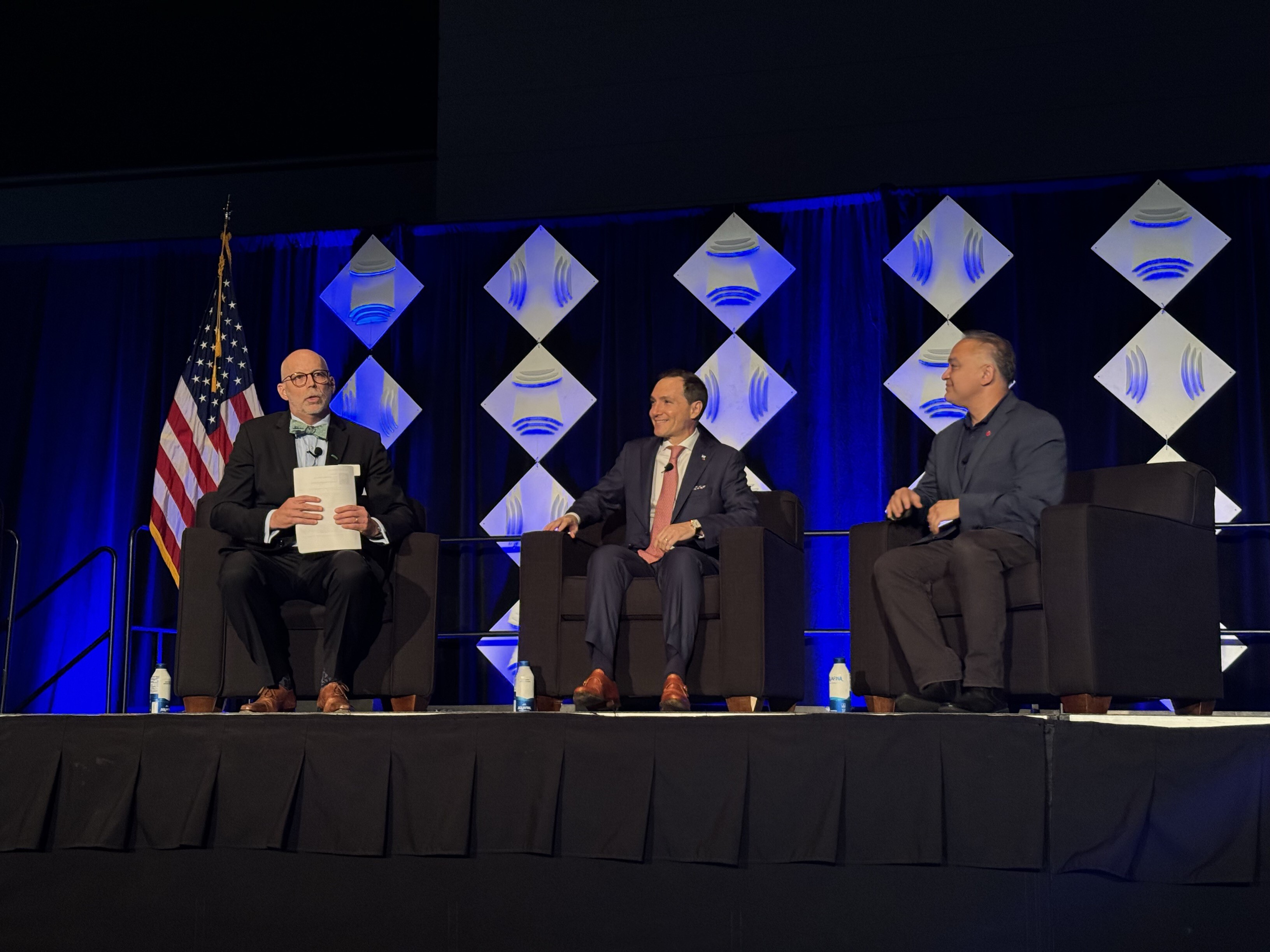The New CMMC Requirements: It’s Not Abstract Art

For some small and medium companies that do business with the U.S. Department of Defense (DoD), the new CMMC requirements may look a bit like abstract art: Lots of random shapes and squiggly lines, but how to make sense of all the different patterns?
Tony Giles is an information security expert with NSF International Strategic Registrations (NSF-ISR), and he understands the abstract art analogy well. In fact, when he was finishing high school, he thought about going to art school. “I actually draw and I enjoy art quite a bit,” Giles says. “Abstract art for me is along the lines of organized chaos. For the artist, it’s a masterpiece, but for some people, it’s just scribbles.”
Giles serves as NSF-ISR’s information security business lead, lead auditor and CMMC provisional assessor. His goal is to assess and help DoD suppliers make sense of the CMMC information security “abstract patterns.”
CMMC stands for Cybersecurity Maturity Model Certification. It’s the new, mandatory information security requirement announced by the Defense Department in 2020 that requires all 350,000-plus department contractors and their supply chains to be fully audited and certified by the end of 2025. Starting January 1, 2026, contracts must specify in writing that the company is in full compliance with the DoD requirement.
“It’s the first ever mandated information security standard,” Giles says. “One the defense industrial base (DIB) and the Department of Defense are extremely interested in. And they want to see organizations meet those requirements.”

When Giles says “mandated,” he means exactly that. Any DoD supplier not audited and certified for compliance with CMMC information security standards by the end of 2025 will lose the right to do business with the department. For a good number of small to medium size contractors, that loss of essential federal government business could mean the difference between staying in business and being forced to close their doors. That’s the cold, hard reality of CMMC.
Giles and his team of auditors provide assessments to DoD contractors to ensure they are in compliance by the program’s end-of-December 2025 deadline. The team works with a wide variety of companies that are at different stages of the information security journey.
“Some are extremely technical and know exactly what to do and how to implement the requirements,” he says. “Others need more guidance, and we are here to provide the right help. We make sure everyone understands the process and that compliance is not so complicated. It's just certain things that have to be in place and things we have to check.”
Giles wants to demystify security and make it relatable, so that businesses of all sizes can implement the necessary security controls mandated under CMMC. “I want to be able to describe the program and have organizations understand exactly what they need to implement. And put it into terms that make sense for small businesses, medium-sized businesses and even large-scale organizations,” he says.
Giles has been with NSF-ISR for about 15 years. He got started in information security early on when NSF-ISR was offering an information security course to staff as part of an ISO 27001 certification program. In fact, Giles became one of the first auditors for ISO 27001, the recognized international standard on how to manage information security.
“We work with so many different kinds of customers,” Giles says. “I think that's the most rewarding part. You can work with a software firm one day and a manufacturing firm the next day. And then a small business on the defense side and a huge Fortune 100 company, all in the same week. The variety of customers is rewarding.”
That variety of clients provides a different pattern to observe and assess during each visit, which is not that different from appreciating the lines and patterns of an abstract work of art. What’s the overall pattern? What are the individual pieces? What pieces might be missing? And, most importantly, how does everything fit together into one, cohesive whole?
Ready to Begin the Process?
Contact us with questions or to receive a quote.
Resources
How NSF Can Help You
Get in touch to find out how we can help you and your business thrive.

What’s New with NSF

NSF Shanghai Named Critical Site for NSF/ANSI 455 and NSF/ANSI 173 by ANSI National Accreditation Board
July 26, 2024
NSF Takes Center Stage at NEHA Annual Education Conference
July 25, 2024
NSF Asia Pacific Showcases Hospitality Solutions at THAIFEX HOREC Asia 2024 in Bangkok, Thailand
July 4, 2024

